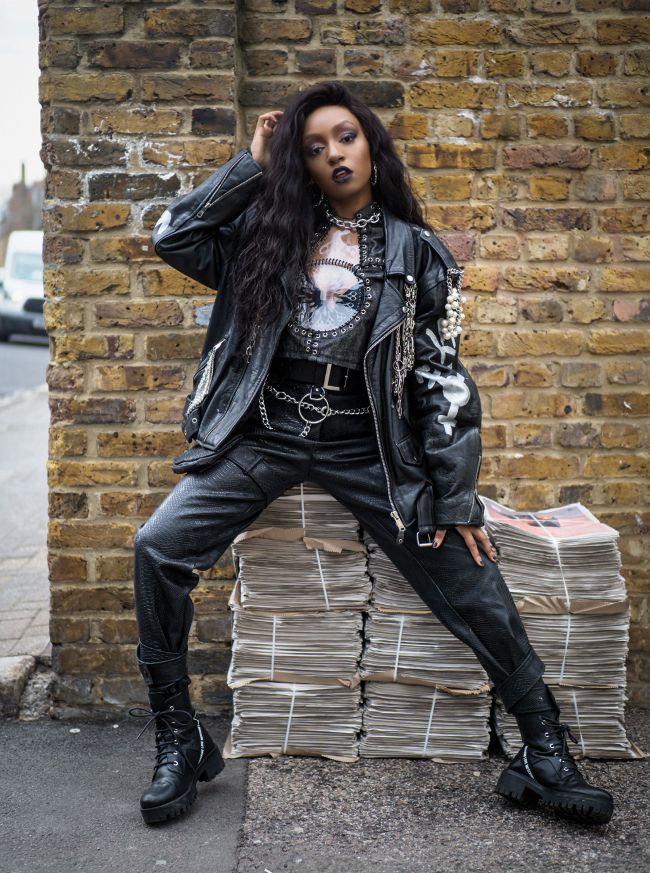Asexuality
The ‘A’ Word
In conversation with asexual activist Yasmin Benoit and fellow aces Daniel Walker and Richard Ng, as they open up about wanting to be seen and heard
As told to Thomas Stichbury
“I wish people would approach it as a positive thing, as opposed to me telling them that I’ve just been afflicted with a sudden illness,” states Yasmin Benoit, a model, writer and asexual activist.
More often than not, the letter ‘A’ stationed at the end of the LGBTQIA+ acronym is forgotten about or, worse, wilfully ignored. Although representation and visibility is slightly improving, asexuality (applied to a person who does not experience sexual attraction) is still met with confusion, not to mention a flurry of maddening misconceptions.
Yasmin, who created the #ThisIsWhatAsexualLooksLike movement and also helped establish International Asexuality Day, proved to be the host with the most when Attitude asked her to lead a discussion centred on her community.
The 24-year-old trailblazer and Attitude 101 ‘listee’ was joined by fellow aces Daniel Walker, also 24, of YouTube channel Slice of Ace, and Richard Ng, 25, to shine a light on the many different shades of asexuality – Yasmin identifies as aromantic (not desiring of romantic relationships at all), for instance, while Daniel is homoromantic (romantically attracted to the same gender), and Richard, heteroromantic (romantically attracted to the opposite gender) – as they debunk some of the most prevalent ‘myths’, including the assumption that all asexual people don’t have sex.

ACE: Asexual activist and model Yasmin Benoit
Photography Francis Kinsella, Craig Waddell, Francisco Gomez de Villaboa
Yasmin wears jacket, by Marc B, shirt, by T*MITROVSKA, trousers, by Christiana Hadjipapa, boots, by Moschino
Stylist Marc Biakath Makeup Jessica Idahosa Hairstylist Kayla Idowu Studio BRICKS Photography Studio
On discovering the term ‘asexual’…
Richard: I was in sixth form; I think I must have been 16. I came across it pretty much by fluke. It was in some BBC article, and she described her experience of asexuality – she said something like, “For me, asexuality means that I never look at someone and think, ‘Mm, yeah, I’d do that or whatever.’” That really resonated with me, because I’d been to a single-sex school, where there’s lots of testosterone; lots of sexual innuendo; lots of “Would you do this person?” “I’d do them,” “I wouldn’t.” It always seemed like this foreign language to me… When I saw that vocabulary in this article, I was, like, oh wow, that is my experience, that’s amazing, there are other people like me.
“I’ve had remarks, ‘Oh, asexuality, so you’re a plant.’ Another reaction is disbelief”
Richard
Daniel: Mine was a bit later. I didn’t really start thinking about my orientation until I was at university. Up until that point, I think I thought that everyone was, kind of, making it up in terms of wanting sex. Then I was at uni and I thought to myself, oh, people still want sex, so they’re probably not making it up. I went on your usual search of the internet: why don’t I want sex, et cetera, and came across the term ‘asexuality’ and through that came across the Split Attraction Model [separates sexual attraction from romantic attraction and desire], which helped me come to terms with my romantic orientation as well.